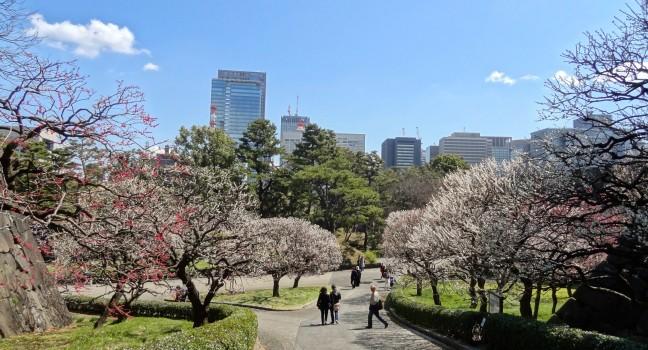From the crush of the morning commute to the evening crowds flowing into shops, restaurants, and bars, Tokyo’s image is that of a city that never stops and rarely slows down. It is all too often portrayed as a strange carousel of lights, sounds, and people set on fast-forward, but these days there is a greater focus on cultural development and quality of life.
For a time it seemed that Tokyo was becoming the city of the future—compact urban life, surrounded by high-tech skyscrapers, the world’s densest rail system, and a 3-D network of highways overlapping and twisting above the city. Twenty years of gradual economic stagnation have cooled that vision, but if Tokyo no longer sees itself as the city of the future, it seems to have settled comfortably into being a city of the present.
While parts of the city such as Shibuya or Shinjuku’s Kabuki-cho continue to overwhelm with a 24-hour cacophony of light, sound, and energy, other neighborhoods are surprisingly relaxed. In Ometesando and Aoyama, people are more likely to be sipping wine or coffee with friends at an outdoor café than downing beer and sake with coworkers in an izakaya (a bar that serves food). The people are as varied as their city. Residents of Aoyama may wear European fashion and drive fancy imports, but those residing in Asakusa prefer to be decidedly less flashy.
Even the landscape is varied. The city hosts some of the most unsightly sprawls of concrete housing—extending for miles in all directions—in the world, but offsetting all the concrete and glass is a wealth of green space in the form of parks, temple grounds, and traditional gardens.
Whether you're gazing at the glow of Tokyo's evening lights or the green expanse of its parks, this is a city of astonishing and intriguing beauty. If you're a foodie, artist, design lover, or cultural adventurer, then Tokyo, a city of inspiration and ideas, is for you.




